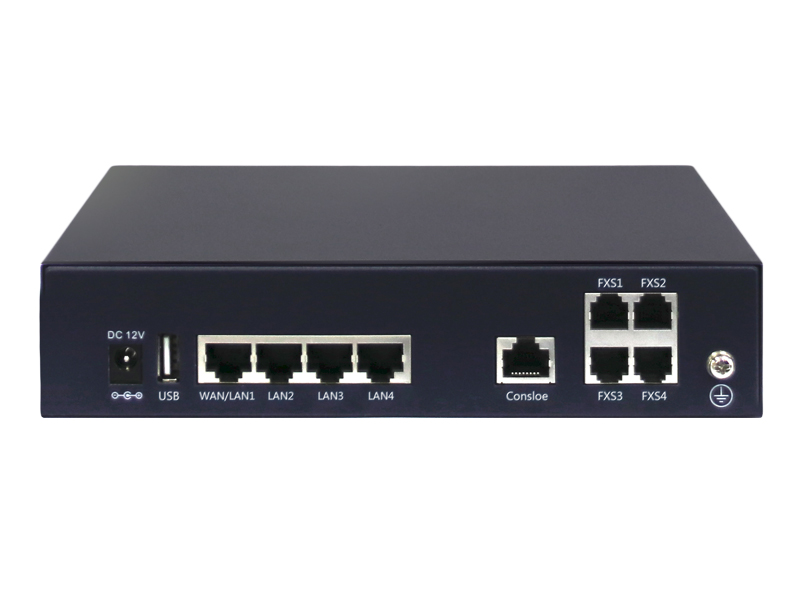The API gateway is a key role in the overall architecture of the enterprise. It is mainly to enhance, guarantee, and control the invocation of back-end microservices. It is transparent to all upstream business invocations. The API gateway needs to ensure that the service invocation is safe, efficient, and accurate. API gateways are mainly divided into two categories, one is micro-service gateways, which are closer to business, and the other is enterprise-level application gateways, which mainly focus on flow control and security protection of service calls.
1. Different deployment locations
The microservice gateway is mainly deployed in the intranet and serves as the communication of the internal API of the microservice.
Enterprise-level application gateways are generally deployed in the DMZ area or hidden behind load balancing.
2. Different functional focus
The main functions of the microservice gateway: service diversion, automatic service discovery and routing, service orchestration, customized development of business rules, service fusing, and service gray-scale release.
The main functions of enterprise-level application gateways: global flow control, unified security certification, performance support, load balancing, IP black and white lists, and security protection.
3. Different performance requirements
The performance of the microservice gateway only needs to meet the concurrency requirements of the service.
The performance of enterprise-level application gateways needs to focus on global traffic and concurrency support.
4. Different usage scenarios
Microservice gateway: Mainly focus on the gateway invocation scenario inside the microservice.
Enterprise-level application gateway: Mainly the entrance of north-south traffic, WeChat applet, cloud application call, mobile APP call, iPad platform, third-party partners, all call the service of the intranet from the external network
5. Different architecture
The microservice gateway is a basic component of the microservice architecture. Most Internet companies use Zuul's open source products. The architecture in the figure below uses Kong, which has better performance and stability, as the API gateway for microservices.
In the future, micro-service gateways and enterprise-level application gateways will converge, and integrated solutions will also bring many benefits.
● Unified configuration, clear logic and intuitive operation
● Integrated management, especially link tracking and service quality management, integrated management brings higher management efficiency
● Transition the application deployment from the technical view to the business view, avoiding the confusion caused by the fragmented deployment in the past
● Unified technology stack, reducing cost and maintenance complexity
● The overall control of traffic, expansion and disaster recovery are more concise
There is no silver bullet in the software industry, and any architecture is difficult to cure all diseases, but to ensure the high availability and scalability of the API gateway requires more technical investment and technical support at the infrastructure level, so that technical personnel can be better focused To realize the integrated process of automated testing and construction, continuous integration and delivery.
LV switch Provide Gateway,If you are interested in Gateway,You can browse related products and initiate consultations on our website.
1. Different deployment locations
The microservice gateway is mainly deployed in the intranet and serves as the communication of the internal API of the microservice.
Enterprise-level application gateways are generally deployed in the DMZ area or hidden behind load balancing.
2. Different functional focus
The main functions of the microservice gateway: service diversion, automatic service discovery and routing, service orchestration, customized development of business rules, service fusing, and service gray-scale release.
The main functions of enterprise-level application gateways: global flow control, unified security certification, performance support, load balancing, IP black and white lists, and security protection.
3. Different performance requirements
The performance of the microservice gateway only needs to meet the concurrency requirements of the service.
The performance of enterprise-level application gateways needs to focus on global traffic and concurrency support.
4. Different usage scenarios
Microservice gateway: Mainly focus on the gateway invocation scenario inside the microservice.
Enterprise-level application gateway: Mainly the entrance of north-south traffic, WeChat applet, cloud application call, mobile APP call, iPad platform, third-party partners, all call the service of the intranet from the external network
5. Different architecture
The microservice gateway is a basic component of the microservice architecture. Most Internet companies use Zuul's open source products. The architecture in the figure below uses Kong, which has better performance and stability, as the API gateway for microservices.
In the future, micro-service gateways and enterprise-level application gateways will converge, and integrated solutions will also bring many benefits.
● Unified configuration, clear logic and intuitive operation
● Integrated management, especially link tracking and service quality management, integrated management brings higher management efficiency
● Transition the application deployment from the technical view to the business view, avoiding the confusion caused by the fragmented deployment in the past
● Unified technology stack, reducing cost and maintenance complexity
● The overall control of traffic, expansion and disaster recovery are more concise
There is no silver bullet in the software industry, and any architecture is difficult to cure all diseases, but to ensure the high availability and scalability of the API gateway requires more technical investment and technical support at the infrastructure level, so that technical personnel can be better focused To realize the integrated process of automated testing and construction, continuous integration and delivery.
LV switch Provide Gateway,If you are interested in Gateway,You can browse related products and initiate consultations on our website.
